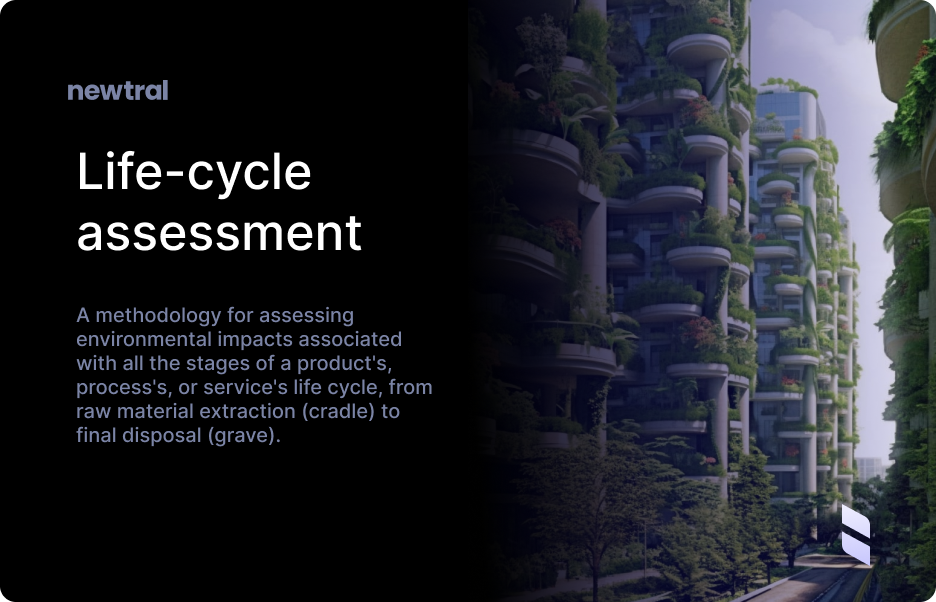The main phases of an LCA study
An LCA study typically consists of four main phases:
- Goal and scope definition - The goal and scope define the study's purpose and boundaries.
- Inventory analysis - The inventory analysis quantifies the inputs and outputs of the product system.
- Impact assessment - The impact assessment evaluates the potential environmental impacts.
- Interpretation - The interpretation phase summarizes the findings and recommendations.
ISO 14040 and ISO 14044 standards guide on LCA studies
ISO 14040 and ISO 14044 are international standards that provide a framework and principles for conducting LCA studies. ISO 14040 defines the principles and framework, while ISO 14044 specifies the requirements and guidelines for the life cycle inventory analysis and impact assessment phases. These standards ensure consistency, transparency, and credibility in LCA methodology.
Importance
LCA is a crucial tool for assessing the environmental impacts of products, processes, or services throughout their entire life cycle, from raw material extraction to disposal or recycling. It helps identify hotspots and opportunities for improvement, supports decision-making for eco-design and product development, and enables environmental labeling and marketing claims. LCA promotes a holistic, cradle-to-grave approach to sustainability, avoiding problem-shifting between different life cycle stages or impact categories.



.png)
%20png%20(1).png)